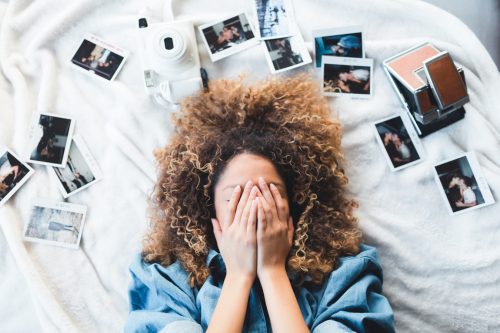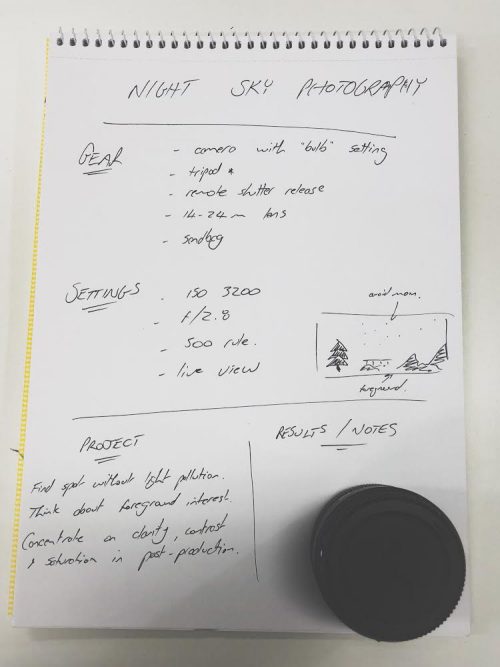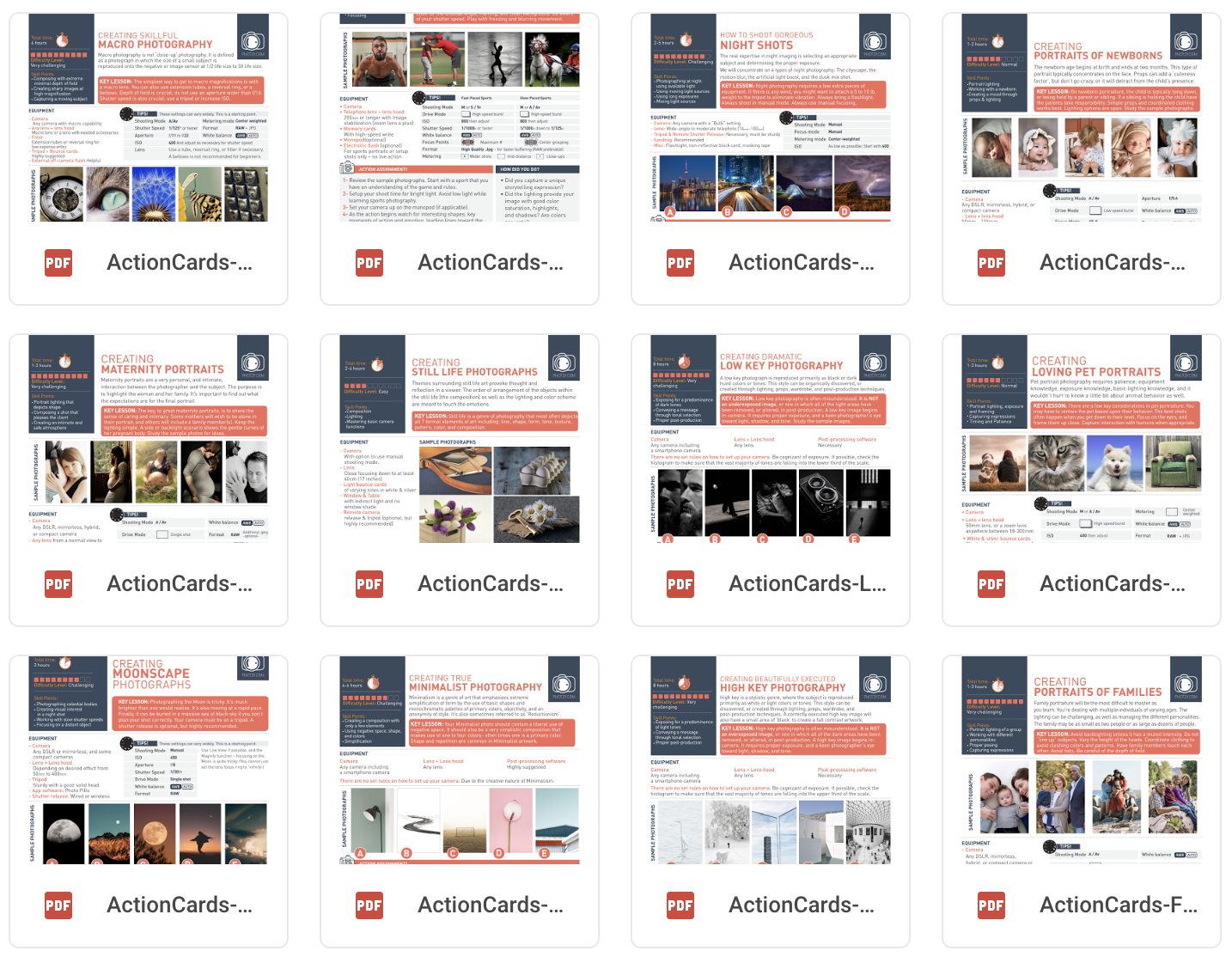How do you get better at photography? How do you make that improvement thorough, fast and fun?
Traditionalists will pick up a book and learn the theory first. Don't get me wrong, this works, but it also puts most people to sleep, especially towards the beginning of a learning journey. Snore.
If you're like most people, you learn best by doing! It's more enjoyable and the learning tends to stick more effectively. So following on from yesterday's call to get out and shoot, let's look at a way to structure practical learning of photography in four steps.

Pick a Genre
The truth is that while there are an infinite amount of subjects to shoot, the basic genres and subjects for most photographers tend to pop up again and again. It's not difficult to come up with a list of subjects and genres that you want to shoot. Start with the category list from this very website (at the top) if you don't know where to start. Get specific with topics if you already have a good idea.
Of course, to keep things interesting, you will want to put the genres that interest you towards the top of the list! Part of learning by doing is keeping yourself engaged and interested.
Examples of wider genres:
- portraiture
- landscape
- abstract
- architecture
- macro
Examples of specific topics:
- window lit child
- lighthouses
- geometric patterns
- old barns
- bugs
Research and Note the Very Basics
In the beginning, this step can be as simple as a Google search and a short blog post. Take a look at what people have blogged about regarding the topic you're interested in. Like macro flower photography? Type “macro flower photography tutorial” into Google and see what comes up? Want to shoot the milky way? Same deal!
Sites like Light Stalking, Expert Photography, Photography Concentrate etc all have a HUGE amount of short tutorial blog posts that allow you to get across the basics of virtually any genre very quickly.
Now don't get us wrong – eventually you will want to dig a LOT deeper on your area of photographic interest, but for now, blog posts are just fine.
Take a set of notes (paper and pen are just fine) about each topic or genre you want to shoot. Don't get too carried away – these should be able to fit easily on a single page with room to spare.

Give Yourself a Project and Complete It
After you have a succinct set of notes, you are going to have to do a little bit more research or use your imagination and set yourself a shooting project. Check out Flickr or 500px for some images that you like in your genre and consider how you can do a shoot to emulate the setup and conditions to get similar results to the images you like.
You will want to note down things like:
- camera settings
- gear needed
- specific tips or rules you will need
This is where the rubber hits the road for learning by doing. Armed with your notes, grab your camera and venture forth!

Review the Results
This is an important part of learning photography. Reviewing your images and comparing them with your own notes will be quite revealing. Comparing them with your research examples from Flickr and 500px will also be quite revealing.
Ask yourself why your images turned out different to what was in your mind's eye before you started. Lighting and composition are the likely culprits, but there are a LOT of others that it could be. Simply taking the time to come up with the questions will help your own understanding.
This stage is the part that is most revealing and from where your real growth as a photographer will likely come.
Ignore All That?
If that all sounds a little fiddly and like a lot of research (that can be difficult when you don't know a topic well) then there might be an answer.
Action Cards were built with this exact scenario in mind – learning by doing. And they basically follow the above formula – genre, research, project, review – all on a single printable page.
If learning by doing is truly your preferred way of learning photography, then you will want to take a look at these while they are on launch discount here.
Take a look at the Action Cards here.
And happy shooting!







